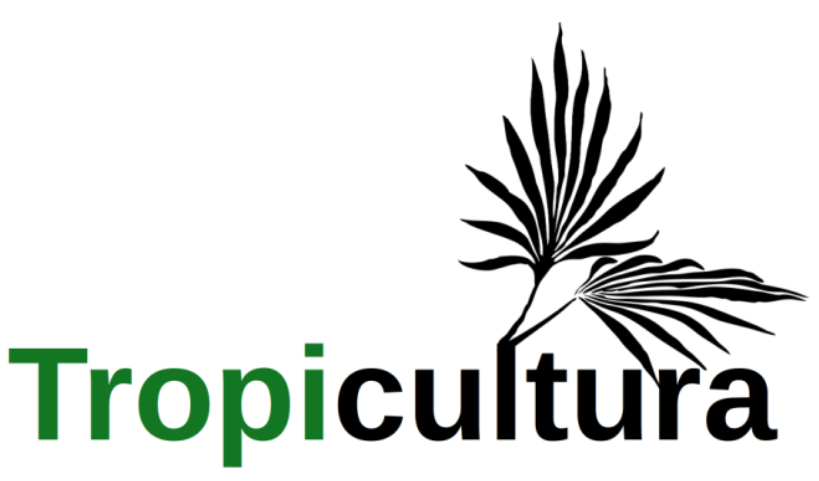- Home
- Volume 36 (2018)
- Numéro 2
- Parcours migratoire et mode de cession foncière des fronts pionniers ivoiriens
View(s): 597 (0 ULiège)
Download(s): 731 (12 ULiège)
Parcours migratoire et mode de cession foncière des fronts pionniers ivoiriens

Attached document(s)
original pdf fileRésumé
La Côte d’Ivoire de par son climat, sa situation géographique et son histoire récente, demeure un pays de forte immigration. Selon les données du Recensement Général de la Population et de l’Habitat (RGPH) 2014, la proportion de la population non-ivoirienne constitue un quart de la population totale avec des proportions respectives de 22 % en 1975, 28 % en 1988, 26 % en 1998 et 24 % en 2014. Ainsi trois fronts pionniers se dégagent-ils de cette migration des populations : le Sud-est, le Centre-ouest et le Sud-ouest. Est-ce le durcissement du mode de cession foncière des fronts pionniers ? Allons-nous assister à un processus de construction, de déconstruction et de reconstruction des différents fronts pionniers à travers le parcours migratoire ? Enfin, les sociétés rurales ivoiriennes en général et les fronts pionniers ivoiriens en particulier sont-ils un modèle d’intégration ? À partir d’une enquête ethnographique de terrain, basée sur les récits de vie de migrants de l’ancien front pionnier (Sud-est ivoirien), du Centre-ouest ivoirien et du nouvel front pionnier au Sud-ouest ivoirien, il s’agira de comprendre les facteurs de migration des populations.
Abstract
Migratory Route and Mode of Land Sale of Ivorian Pioneer Fronts.
Côte d’Ivoire, due to its climate, geographical location and recent history, remains a country of high immigration. According to data from the General Population and Housing Census (RGPH), 2014, the proportion of the non-Ivorian population constitutes a quarter of the total population, with proportions of 22% in 1975, 28% in 1988, 26 % in 1998 and 24% in 2014. Thus three pioneer fronts emerge from this population migration: the Southeast, the Center-West and the Southwest. Is it the hardening of the mode of land cession of the pioneer fronts? Are we going to see a process of construction, deconstruction and reconstruction of the different pioneer fronts through the migratory route? Finally, are the rural Ivorian societies in general and the Ivorian pioneer fronts in particular a model of integration? An ethnographic survey on the ground, based on the stories of migrant life of the former pioneer front (Côte d’Ivoire South-East), Central-West Côte d’Ivoire and the new pioneer front in south-west Ivory Coast, should allow understanding the factors of migration of populations.







